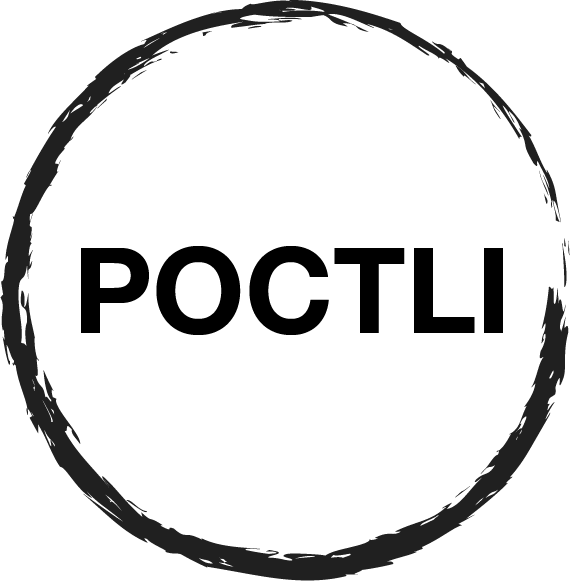Posts by Category
RECIPE: Puerco en Chile Colorado
This family recipe hails from the northern states of Mexico (Chihuaha, Coahuila, Durango) and is often seen on many restaurant menus in the US. The cuisine of The North is much like the climate where the ingredients come from - sparse and simple.
This family recipe hails from the northern states of Mexico (Chihuaha, Coahuila, Durango) and is often seen on many restaurant menus in the US. The cuisine of The North is much like the climate where the ingredients come from - sparse and simple. The simplicity of the northern gastronomy is refreshing, and lends itself to a non-complicated cooking style allowing for more exploration with meat cuts, ingredients etc. Feel free to improvise with meat cuts - spare ribs would be excellent!
GUAJILLOS
Submerge the chiles in water and bring to a boil, lowering the temp to a slow simmer for 10 minutes.
Cooking time: approximately 1 hour, 15 minutes
Ingredients:
- 7 dried guajillo chiles
- 2 puya chiles
- 2 large garlic cloves
- 1 tablespoon cumin
- 1 teaspoon dried Mexican oregano
- 1 tablespoon lard
- 1.5lbs of boneless pork, cut into 2 inch cubes
- 1 tablespoon flour
- Salt to taste
- Sliced avocado
Tortillas de harina en comal.
Method:
- Toast the chiles on a comal over medium height, until they are fragrant and a darker shade of brown. Don't let them burn, as the entire dish will have a bitter taste.
- Submerge the chiles in water and bring to a boil, lowering the temp to a slow simmer for 10 minutes. Strain the chiles and put into a blender with the garlic, oregano, cumin and 1 cup of water. Blend until smooth.
- While the chiles simmer, heat the lard in a large pot (I prefer cast iron) over medium-high heat and once smoking, sear the meat in batches (so as not to cool the pan) until the meat is browned. Add all the pork back to the pan. Lower the heat and sprinkle the flour over the meat, stirring constantly so that the flour doesn't burn.
- Raise the heat to medium and place a mesh strainer over the pot. Pour the blended chile mixture over the meat, straining out any thick chili skin pieces. Remove the strainer and pour 3 cups of water into the pot. Bring the mixture to a boil, stirring constantly. Lower to low-medium and let the sauce cook for 1 hour or until the meat is tender, stirring occasionally.
- Garnish with sliced avocado. Serve with flour tortillas, beans and rice.
BOOK REVIEW: The Mezcal Rush - Explorations in Agave Country by Granville Greene
Granville Green's The Mezcal Rush: Explorations in Agave Country captures his journey into the often misunderstood alcoholic beverage native to Mexico. Published this year, the 286 page exploration follows Greene's personal journey with the intoxicant that he once drank in his college days known as "the drink with the worm in it," to the esteemed cultural heritage that makes mezcal the fashionable drink it is today.
Nothing plays the symphony of smoke quite like mezcal, and Granville Green's The Mezcal Rush: Explorations in Agave Country captures his journey into the often misunderstood alcoholic beverage native to Mexico. Published this year, the 286 page exploration follows Greene's personal journey with the intoxicant that he once drank in his college days known as "the drink with the worm in it," to the esteemed cultural heritage that makes mezcal the fashionable drink it is today.
After sampling a bottle of Del Maguey in a Santa Fe wine shop, Greene was intrigued to know more about the complex spirit he drank. "It was just completely different from anything I'd ever tasted, and I felt like it was telling me a story, but in an unfamiliar language," Greene writes. Ron Cooper's Del Maguey has become a commonality in the American market. A true pioneer, Cooper has acted as a middleman, importing "single village" mezcal to the US market with bottle prices well above $150 USD. Del Maguey sparked a lust for Greene to travel to Oaxaca and Guerrero to study the complexities of the spirit.
From Greene's findings he explains that tequila is simply a type of mezcal but ONLY from the blue agave A. tequiliana variety. The pina, or heart of the plant, is steamed not smoked in a earthen pit and eventually fermented and then distilled. Mezcal can be made from not just the blue agave, but from 30 varieties of agave! The complexity doesn't stop there - similar to a terroir, mezcal production can be nuanced by the type of soil it is grown in, which yeasts from the surrounding plants affect the flavor, what type of still is used to ferment it... the list goes on and on.
Greene's most impactful take-away for me was the sustainability of the entire production of the spirit. As "entrepreneurs" like Ron Cooper continue to claim the artistry of the maestros mezcaleros as their own, the communities who need mezcal to survive will not be properly compensated. The greed for mass production in the tequila industry is allowing big business to steal espadin plants in unregulated Oaxaca and Guerrero. Smaller communities cannot afford the expenses associated with the DOC and will never be able to market nor export their product.
The Mezcal Rush: Explorations in Agave Country was a special read which does the mezcal industry justice and will make me think twice before picking up a bottle of Ron Cooper's Del Maguey products, or at least make me think of the mezcalero who produced it.
Buy the book here.




